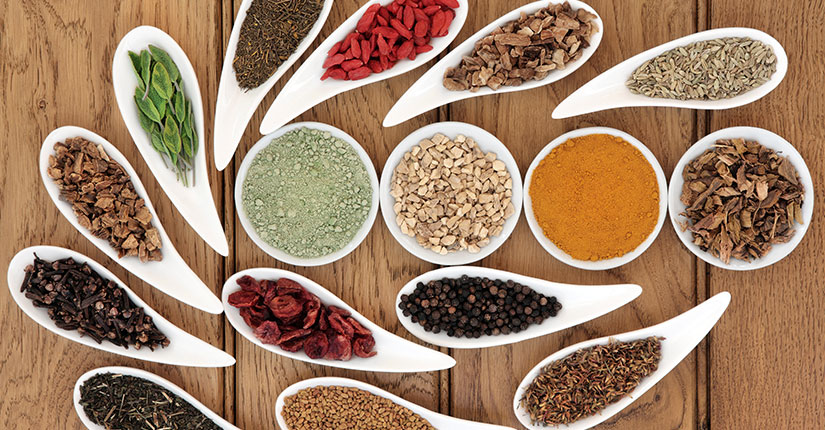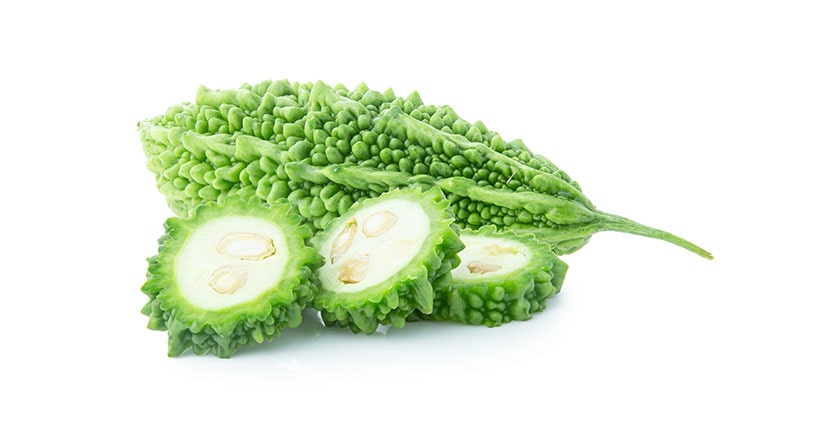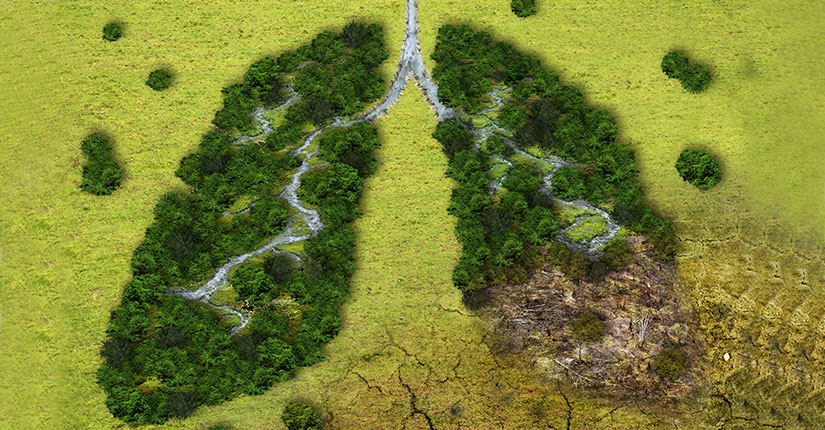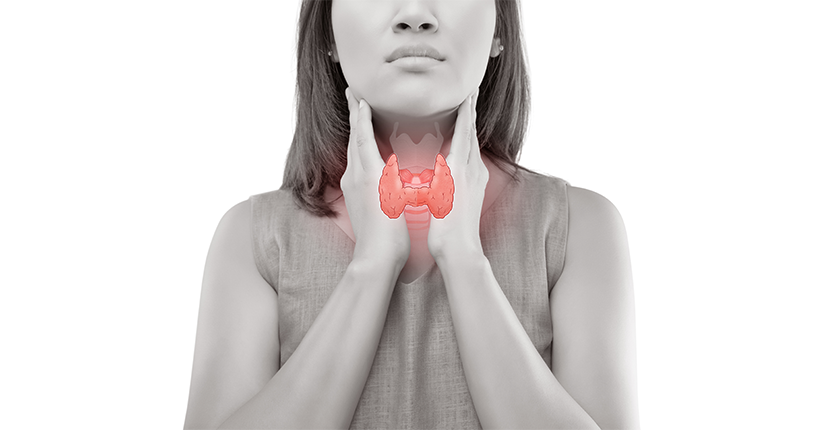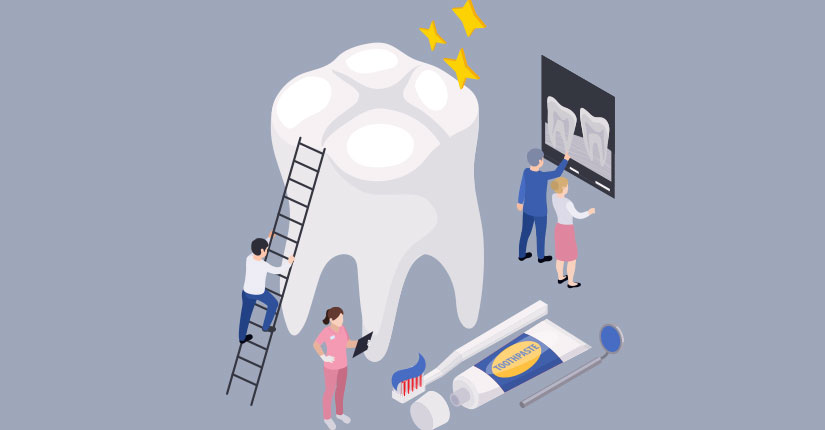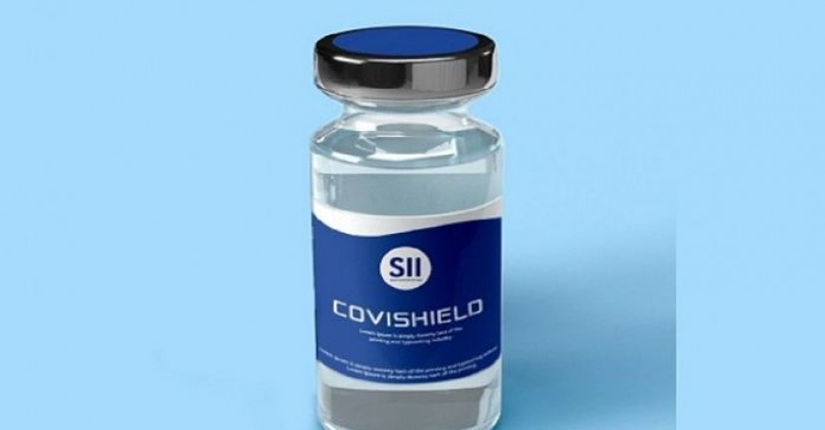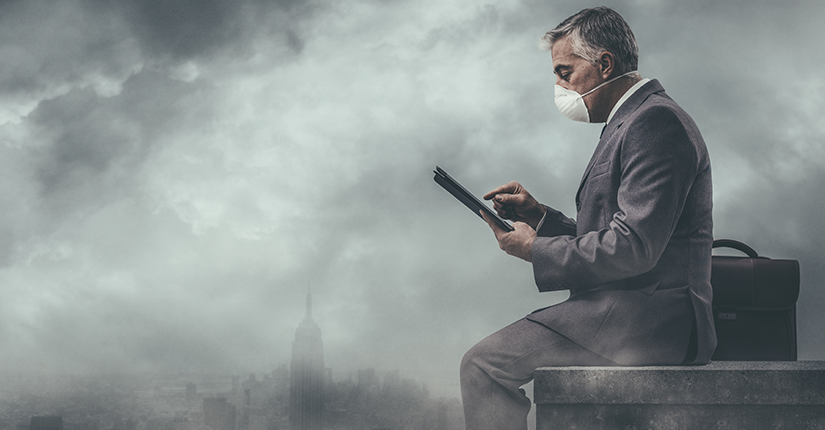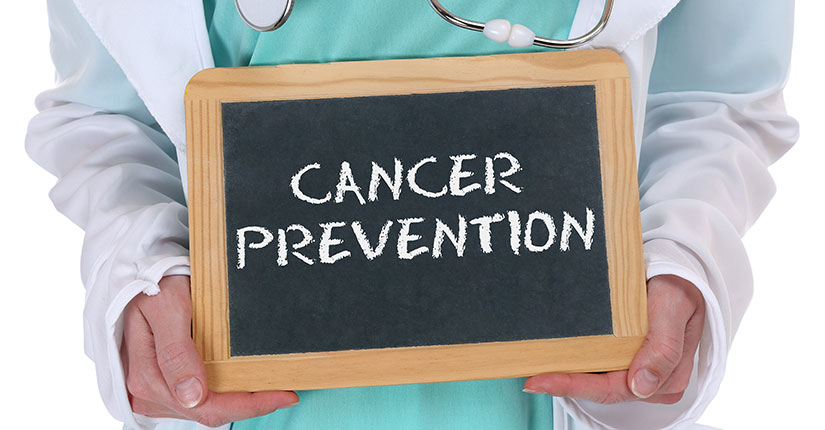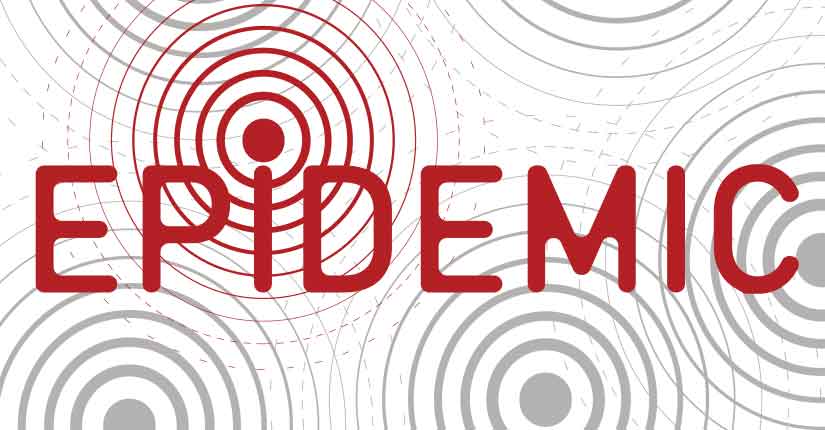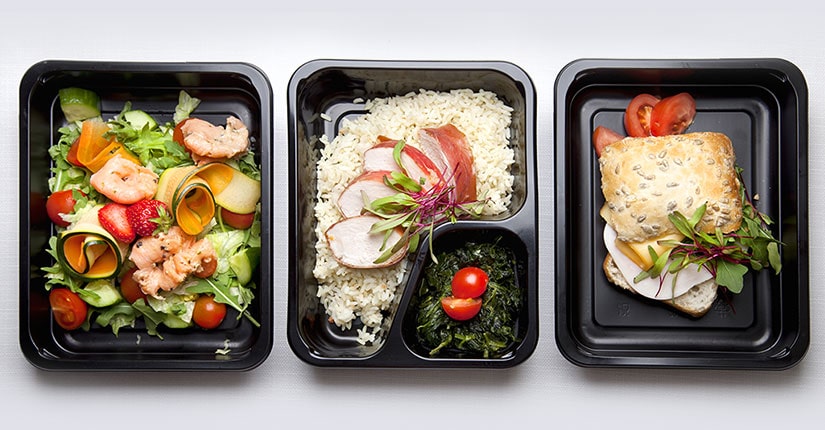National Cancer Awareness Day- A Note on Common Carcinogens Around Us
By Nmami Agarwal 07-Nov 2020 Reading Time: 7 Mins
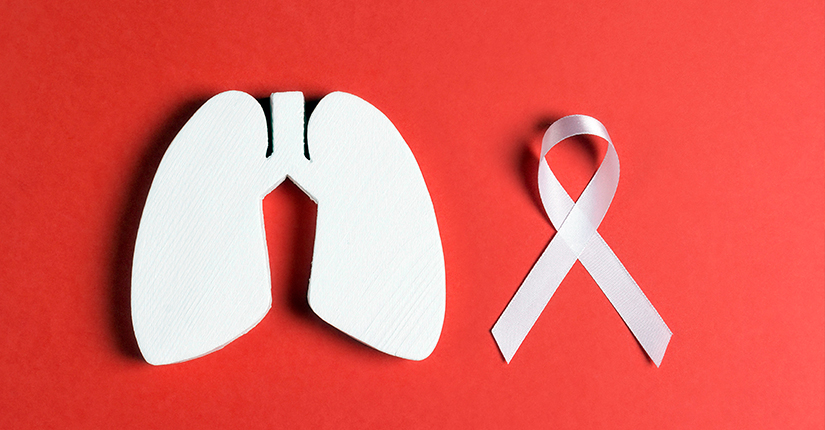
Throughout life, our body keeps on dividing and replacing the healthy cells in a controlled fashion. When this normal phenomenon alters thus leading to abnormal or uncontrolled growth of cells, this is when Cancer begins. Most cancers form tumours, but not all tumours are cancerous. A tumour refers to as a mass composed of a cluster of such abnormal cells. There are two types of tumours. Benign cancer is one which is non-cancerous that do not spread to the other parts of the body, on the other hand, malignant cancer are cancerous tumours that crowd out healthy cells, interfere with body functions, and draw nutrients from body tissues. The major types of cancer are carcinoma, sarcoma and lymphoma, and leukaemia. Cancer is one of those serious and life-threatening diseases which requires proper treatment and intensive chemotherapies.
Cancer is being widespread quite rapidly in today’s time because of the various causes ranging from lifestyle factors to genetic disorders. One of the important and neglected causes of cancer is the presence of Carcinogens around us. A carcinogen is any substance that is potential enough to cause cancer. However, if a substance has been designated as a carcinogen does not mean that it will necessarily cause cancer. There are numerous factors that determine whether a person exposed to a carcinogen will develop cancer which includes the amount and duration of the exposure and the individual’s genetic background.
Following are the common carcinogens that one must be aware of:
- Tobacco- Tobacco is one of the most common carcinogens present around us. Smoking and chewing tobacco are injurious to health, a common saying stated for a reason as the tobacco present in it can kill you silently. The latest research suggests that at least 70 chemicals in tobacco can cause cancer by steadily damaging your DNA. Therefore, it’s very important to abstain from smoking tobacco.
- Radon- Radon is odourless, colourless and radioactive gas which is formed naturally by breaking down radioactive elements such as uranium which are present in soil and rocks throughout the world. Furthermore, radon can break into solid radioactive elements called radon progeny can attach to dust and can be inhaled through the lungs. Radon can also be released from the water supply into the air. Thus, being exposed to radon for a long period of time can lead to lung cancer as it can lodge down inlining off lungs where they emit radiation which causes damage to the lungs and eventually cause cancer.
- Asbestos- Asbestos is tiny fibres that provide strength to products like roof shingles, ceiling tiles, and car parts. They are majorly used as insulating factories, schools and homes. However recent studies indicate that inhalation of increased risk of lung cancer. Apart from this, certain foods can also be contaminated by asbestos so care should be taken to reduce the exposure to asbestos.
- Formaldehyde- It is a colourless, strong-smelling gas which is used to make many household products and building materials. It dissolves in water very easily and quickly breaks down in the air. People get exposed to formaldehyde by inhaling it or the liquid form can be absorbed by the skin. Exposure to large amounts increases the risk of cancer. Care should be taken of the formaldehyde content before buying furniture or any wood products.
- UV Rays- Recent studies have shown that ultraviolet (UV) rays, whether from the sun or a tanning bed, get absorbed into your skin and damage the cells inside your skin. Majority of skin cancer is caused due to exposure to the UV rays. UV rays get stronger with increasing pollution and climate change. Therefore, in order to be safe, protect your skin with sunscreen, wear a hat and sunglasses, and avoid tanning salons.
- Crispy brown foods- It has been estimated that some vegetables, like potatoes when heated to high temperature can give off a chemical called acrylamide. Recent studies show that rats who took in acrylamide in their drinking water got cancer, so researchers think humans might also get cancer if exposed to the same. Consumption of acrylamide can be reduced by cutting the amount you eat through baking, roasting, frying, and toasting foods until they’re a tan colour instead of golden or deep brown. Acrylamide is also found in tobacco smoke.
Over to you:
Cancer is one disease that is becoming quite common due to several factors. Hence there is a need to identify those factors or carcinogens around us and limit the exposure by being extra cautious and careful.

